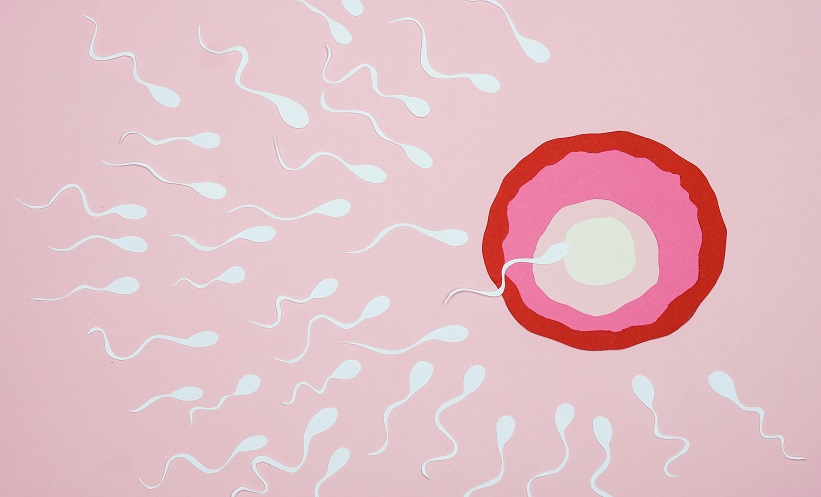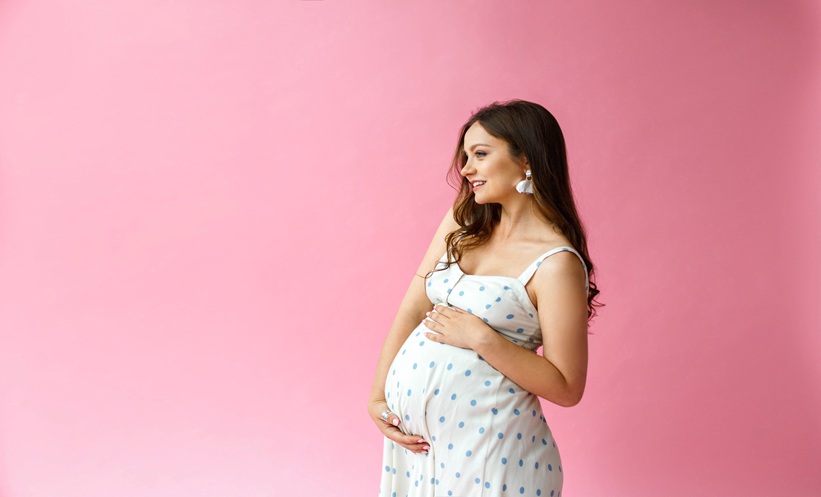UPTAKE of in vitro fertilisation (IVF) and intrauterine insemination (IUI) has increased among women in Europe, according to data presented at the at the European Society of Human Reproduction and Embryology (ESHRE) 40th Annual Meeting in Amsterdam, The Netherlands. The ESHRE European IVF Monitoring (EIM) Consortium’s preliminary data indicates a continuous rise in Assisted Reproductive Technology (ART) cycles.
The research team, led by Jesper Smeenk, Elisabeth-TweeSteden Hospital, Tilburg, Netherlands, analysed ART treatment cycles reported by 1,382 clinics across 37 European countries in 2021. Specifically, collection encompassed national registries, clinics, or professional societies covering treatments from January 1 to December 31, 2021. The primary outcome investigated was the number of ART treatment cycles and clinical pregnancy rates.
In 2021, 1,103,633 ART treatment cycles were reported, marking a 20% increase from 2020. These cycles included 153,191 IVF, 418,069 intracytoplasmic sperm injection (ICSI), 368,464 frozen embryo replacements, 78,432 preimplantation genetic testing, 79,510 egg donations, 415 in vitro maturation of oocytes, and 5,552 cycles with frozen oocyte replacement. Additionally, 148,194 IUI treatments using a partner’s semen and 48,583 using donor semen were reported, along with 28,768 fertility preservation interventions from 15 countries.
Clinical pregnancy rates per aspiration and per transfer remained similar between 2020 and 2021 for both IVF and ICSI. IVF pregnancy rates were 26.3% and 33.5% in 2021 compared to 25.4% and 33.2% in 2020, respectively. ICSI pregnancy rates were 23.9% and 33.5% in 2021 compared to 25.2% and 33.0% in 2020, respectively. Pregnancy rates for frozen embryo replacements with own embryos increased slightly in 2021 to 37.0% compared to 36.0% in 2020, respectively. Finally, pregnancy rates per fresh embryo transfer from egg donations were higher in 2021 at 53.1%, compared to 51.3% in 2020, while rates for frozen oocyte replacements slightly decreased to 45.5% in 2021 compared to 45.7% in 2020.
The use of one embryo per transfer increased by 3.98%, from 57.9% in 2020 to 60.5% in 2021. Singleton, twin, and triplet delivery rates in 2021 were 90.4%, 9.5%, and 0.1%, respectively, compared to 88.9%, 10.9%, and 0.2% in 2020. Twin and triplet delivery rates after frozen embryo replacement were 6.9% and 0.1% in 2021 compared to 7.9% and 0.1% in 2020.
The study confirms a continuous increase in ART treatment cycles and medically assisted reproduction-derived live births in Europe. Despite variations in data collection methods and completeness among countries, the findings highlight the importance of collaborative efforts and standardised reporting in improving reproductive medicine. Enhanced data collection practices aim to elevate clinical standards and patient outcomes across Europe.
Abigail Craig, EMJ
Reference
Smeenk J. Assisted Reproductive Technology (ART) in Europe 2021 and development of a strategy of vigilance: Preliminary results generated from European registers by the ESHRE EIM Consortium. Presentation O-121. ESHRE Annal Meeting, 7-10 July, 2024








